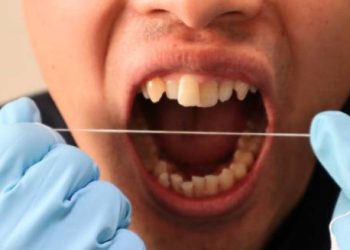Black Eye Diagnosis and Medical Evaluation
Most black eye diagnosis and medical evaluation on physical examination and patient history. However, in cases involving severe trauma, additional tests may be needed to rule out deeper injuries.
What to expect during a medical evaluation:
- Medical history
- The doctor will ask how the injury occurred, when symptoms started, and whether there are any vision problems, headaches, or dizziness.
- Any use of blood-thinning medication, like warfarin or aspirin, is noted.
- Physical examination
- The area around the eye will be examined for:
- Swelling, bruising, and tenderness
- Eye movement and pupil reaction
- Vision clarity and light sensitivity
- Presence of bleeding, fluid leakage, or fractures
- The area around the eye will be examined for:
- Neurological check
- If the trauma involved the head, a brief neurological exam may be performed to assess for concussion or brain injury.
- If the trauma involved the head, a brief neurological exam may be performed to assess for concussion or brain injury.
- Imaging tests (if needed)
- X-rays: To detect facial or nasal fractures.
- CT scan: Recommended if there is concern about orbital fractures, brain injury, or internal bleeding.
- Eye examination: An ophthalmologist may assess for retinal detachment, hyphema, or optic nerve damage.
In South Africa, basic examination and first-line imaging are available in most clinics and hospitals. However, advanced imaging like CT may only be available in referral hospitals or private facilities.
If a serious eye injury or fracture is suspected, referral to a specialist — such as an ophthalmologist or maxillofacial surgeon — is essential.
Black Eye Diagnosis and Medical Evaluation
Early assessment is especially important in children or patients with underlying conditions (e.g., diabetes or bleeding disorders) that could complicate healing.
👉 [Next: Treatment and Recovery]


